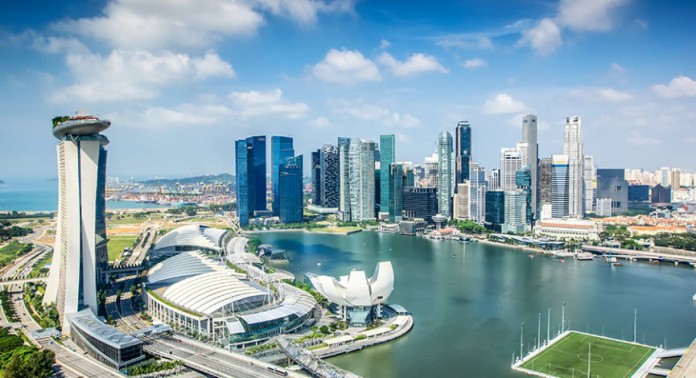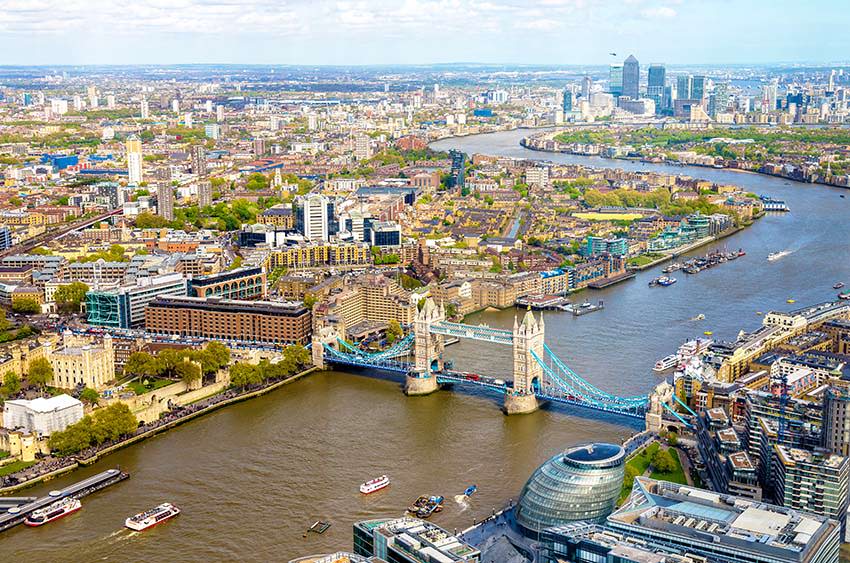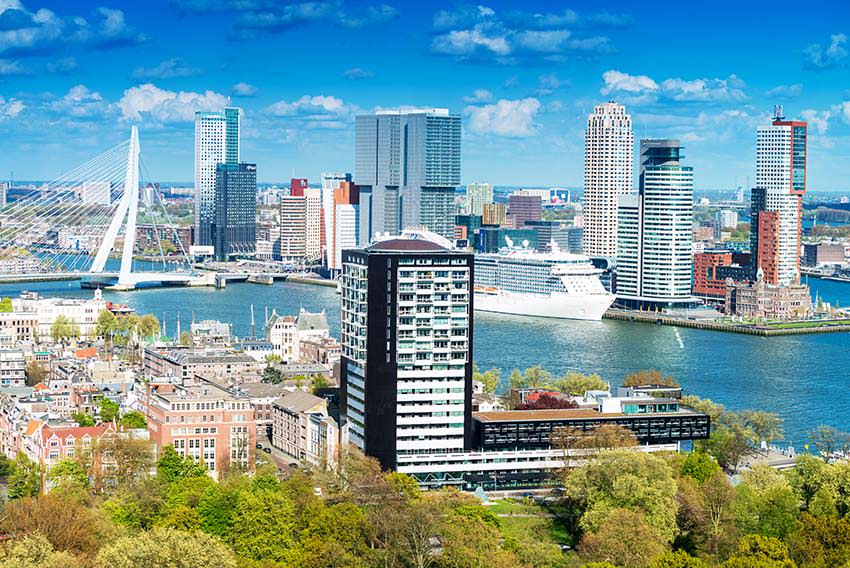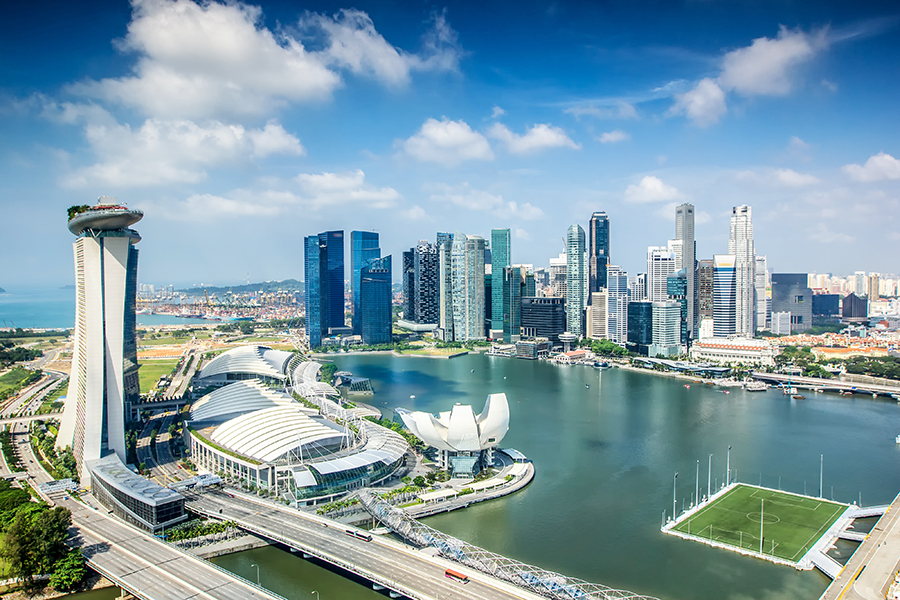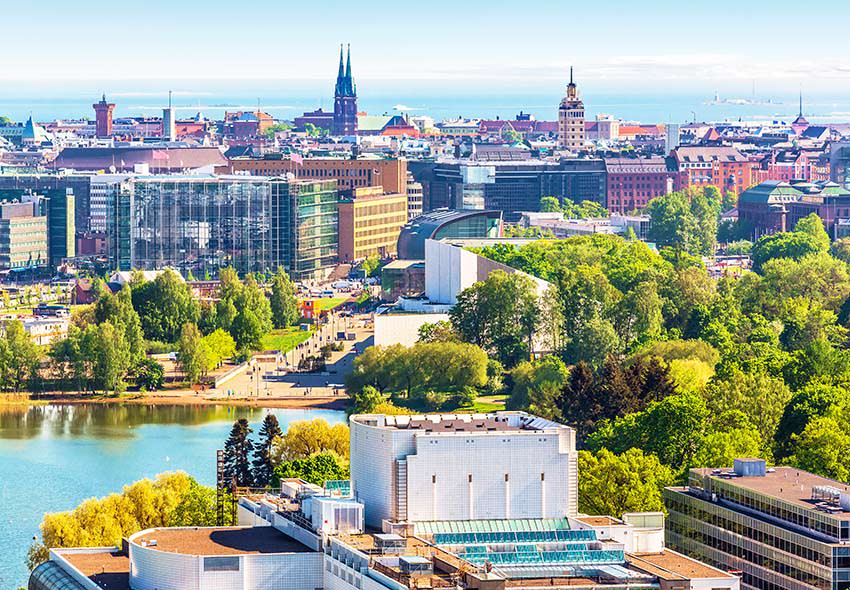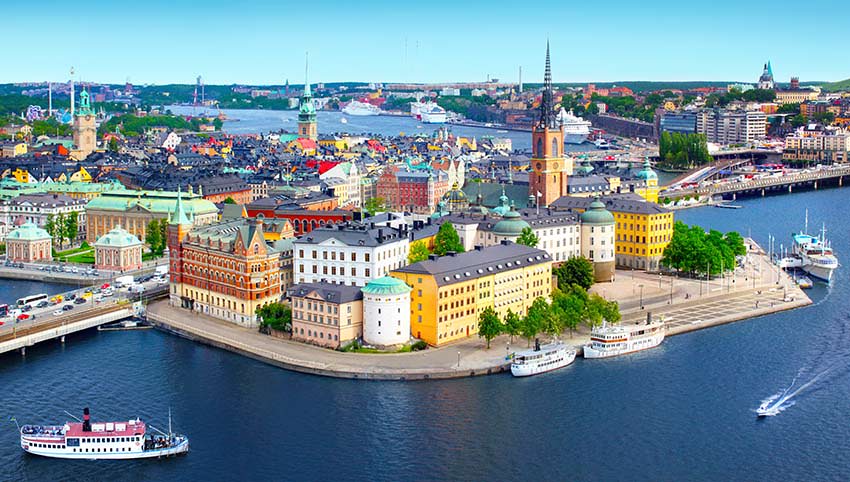Today’s world is full of opportunities for entrepreneurs and businessmen. Many countries worldwide are seeking investments. Here are the top 10 best nations for business as per Forbes. The US has fallen in rankings for a sixth straight year. This is mainly due to low scores in bureaucracy and monetary freedom. European nations represent two-thirds of the top 25.
10) United Kingdom
With a GDP of $2,945 billion and GDP per capita of $39,800, the United Kingdom is the third largest economy in Europe. The nation produces around 60 percent of food needs with less than 2 percent of the labor force. Inflation is 1.5 percent. Even though UK has coal, oil and natural gas reserves, it has been a net importer of energy for the last 10 years. Services like banking and insurance are the key drivers of the country’s 3 percent GDP growth.
9) Netherlands
The GDP growth rate of Netherlands is 1 percent. With a GDP of $866 billion, it is the sixth largest economy in the EU. Netherlands is major transportation hub in the EU. It enjoys stable industrial relations. At 7.4 percent unemployment rate is not very high. Netherlands is well-known for its highly mechanized agricultural sector; it is the second largest agricultural exporter in the world.
8) Singapore
The GDP of Singapore is $308 billion. Inflation is 1 percent in this highly developed economy. Singapore is famous for its corruption-free environment. This successful free-market economy’s GDP growth rate was 2.9 percent. Unemployment rate is just 2 percent. At $83,100, The GDP per capita is higher than that of many developed nations. Trade-balance-to-GDP ratio is 19.1 percent; the nation depends heavily on exports.
7) Canada
This hi-tech industrial nation’s GDP is 1,789 billion. Canada has a market-oriented economic system. The nation’s GDP per capita is $45,000. Citizens of Canada enjoy high living standards. GDP growth rate of 2.4 percent is driven by manufacturing, service and mining sectors. The nation enjoys substantial trading surplus with the US. It is America’s largest foreign supplier of energy.
6) Finland
The per capita output of Finland is almost as high as nations like Sweden and Netherlands. The GDP per capita of this free-market economy is $40,700. Exports account for more than a third of GDP. Finland is a highly industrialized nation. Unemployment rate is 8.7 percent. Currently the country’s main challenge is to stimulate growth.
5) Sweden
People living in Sweden enjoy an enviable standard of living. GDP is $570 billion. Inflation is 0.2 percent. Currently the nation is outside the Euro zone. GDP per capita is $46,200 and GDP growth rate is 2.3 percent. The economy is heavily oriented towards foreign trade; trade-balance-to-GDP ratio is 6.2 percent. Agriculture accounts for less than 1 percent of GDP.
4) Ireland
GDP of this small nation is $246 billion. Ireland’s economy is trade dependent. Trade-balance-to-GDP ratio is 3.7 percent. This modern country’s GDP growth rate is 5.2 percent and GDP per capita is $51,300. Ireland was among the initial group of 12 European countries that began circulating the Euro way back in 2002.
3) Norway
Norway has a mixed economy; a large public sector and a vibrant private sector. The nation’s GDP is $500 billion. Norway is well-known for its extensive social safety net. GDP growth rate is 2.2 percent. Petroleum sector contributes around 30 percent of the nation’s revenue. Norway is the third-largest natural gas exporter in the world.
2) New Zealand
The GDP of New Zealand is $201 billion. Over the past three decades the nation has transformed from an agrarian economy to an industrialized free-market economy. The GDP per capita is $35,300 and GDP growth rate is 3.3 percent. The trade-balance-to-GDP ratio is -3.2 percent. Currently the government is implementing programs to expand export markets, invest in innovation, develop capital markets and raise productivity growth.
1) Denmark
Denmark has made it to the top again. The nation’s GDP is $341 billion. It has a modern market economy. Denmark features a high-tech agricultural sector and state-of-the-art industry. It is a member of the EU and depends highly on foreign trade. Denmark’s trade-balance-to-GDP ratio is 6.3 percent. The country is a net exporter of food and energy. GDP per capita is $44,600 and GDP growth rate is 1.1 percent. Danes enjoy a high standard of living. The economy of Denmark is well-known for its extensive government welfare measures. Unemployment rate is 4.9 percent and inflation is 0.6 percent.

